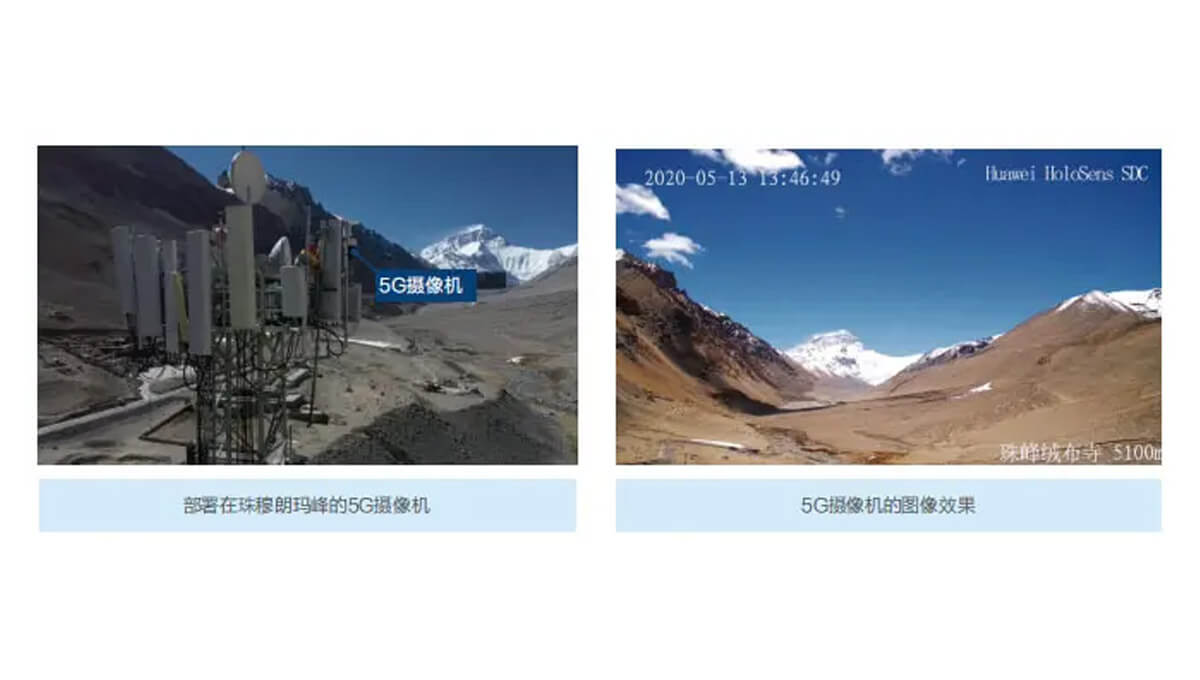Compared to 4G, 5G has three main features: high bandwidth, low latency and massive IoT. These three features bring new changes to the security industry.
High bandwidth
High bandwidth means that 5G can transmit a larger code stream bandwidth, meaning that the camera resolution can be larger, the number of cameras to be transmitted can be more. The average code stream of a 4K camera is 12Mbps~20Mbps, and the total upload rate of a single 5G base station can reach a maximum of 300Mbps (the actual experience can reach about 200Mbps). Thus, a single 5G base station has no problem transmitting one or more 4K cameras in terms of rate.
Low Latency
Network latency is reduced from 10ms in 4G to 1ms in 5G. In some special times, such as mine safety accidents and natural disasters, low latency can buy valuable time for decision-making and save more lives and property losses.
Massive IoT
Video surveillance can be interconnected with a large number of other IoT devices in the same area, breaking down information silos and realizing information integration.
The main application areas of 5G in the security industry in the future:
- Coal mines, docks. Inconvenient wiring, while the environment is complex and variable (seawater corrodes cables, geological hazards in mines, wired lines are easily damaged);
- 5MP or 4K higher definition cameras;
- 5G NVR. Enabling front-end ip cameras access in the area and then transmitting to the back-end via 5G;
- Large event site, temporary security monitoring project. Need to set up temporarily and dismantle after use;
- Drone surveillance, disaster relief.

